If you’ve been reading my articles for the past year, you know that I’ve been heavily influenced by the Postural Restoration Institute (PRI). The lens through which they view functional movement and body system integration is both fascinating and unique, and frankly the results we’ve achieved using their methods has been nothing short of amazing in some cases. Using fairly remedial exercises, we’ve been able to restore symmetrical movement in a considerably asymmetrical pelvis or shoulder, to create a shift toward a more parasympathetic state decreasing the individual’s threat response (and related pain), and have been able to decrease tension in muscles that have felt tight for months (and in some cases even years) all in only a few minutes.
Without question, the money I’ve spent on PRI has been the most worthwhile of any continuing education endeavor I’ve pursued to date. Not only do their courses force me to learn functional anatomy on a whole new level, but they’ve completely changed the way I view movement in general. While PRI is rapidly gaining popularity among some of the top rehab and performance folks across the country, surprisingly, they’ve never presented a course on the East Coast between Baltimore and Boston, which, I imagine, is the most densely populated area of sports rehab and training professionals in the country. That, fortunately, all changes this November.
I’m proud to announce that on November 10-11, Endeavor Sports Performance will be hosting a two-day seminar from the Postural Restoration Institute titled “Myokinematic Restoration”. PRI was established to explore and explain the science of postural adaptations, asymmetrical patterns and the influence of polyarticular chains of muscles on the human body. Their mission is based on the development of an innovative treatment approach that addresses the primary contributions of postural kinematic movement dysfunction.
*The course is approved for CEU credits by the AOTA, BOC, NCBTMB, APTA, and NSCA.
REGISTER HERE: PRI’s Myokinematic Restoration
Course Objectives:
- Outline biomechanical principles of lower half musculoskeletal dysfunction as they relate to rotational patterns of the femur, pelvis and lumbar spine.
- Describe how musculoskeletal dysfunction relates to articular chain asymmetry and patterns of synergistic compensatory activity.
- Apply examination and assessment skills to neuromuscular dyssynchrony and postural asymmetries that affect stability and function of the lower half.
- Restore synchronous activity across the lumbo-pelvic-femoral complex and improve neuromuscular motor control of the muscles that stabilize these joints.
Course Description:
This advanced lecture and lab course explores the biomechanics of contralateral and ipsilateral myokinematic lumbo-pelvic-femoral dysfunction. Treatment emphasizes the restoration of pelvic-femoral alignment and recruitment of specific rotational muscles to reduce synergistic patterns of pathomechanic asymmetry. Emphasis will be placed on restoration, recruitment and retraining activities using internal and external rotators of the femur, pelvis and lower trunk. Identification and isolation techniques to inhibit overactive musculature will enable the course participant to restore normal resting muscle position. Participants will be able to immediately apply PRI clinical assessment and management skills when treating diagnosis such as “piriformis syndrome”, right SI joint dysfunction, and low back strain.
Due to equipment limitations, attendance will be limited and given the popularity of this course, spots are expected to fill up fast. Don’t miss out on this incredible opportunity. Reserve your spot today!
REGISTER HERE: PRI’s Myokinematic Restoration
In a couple days, I’m going to address a couple questions I get regarding whether to do the home study or live course, and on how to integrate this information into a structured training setting. Until then, I urge you to click on the link above to read more about this course, about PRI in general, and if it suits you, to join us at Endeavor in November. You can read more about how we’ve applied their methods to the hockey population in these two posts:
- Managing Structural and Functional Asymmetries in Ice Hockey: Part 1
- Managing Structural and Functional Asymmetries in Ice Hockey: Part 2
If you have any questions, please post them below and I’ll get back to you ASAP.
To your success,
Kevin Neeld
Please enter your first name and email below to sign up for my FREE Athletic Development and Hockey Training Newsletter!


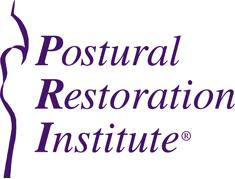
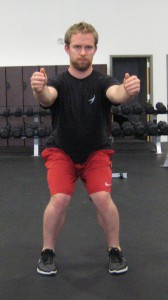
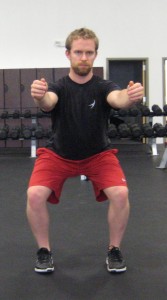
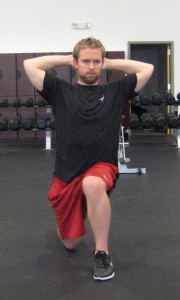
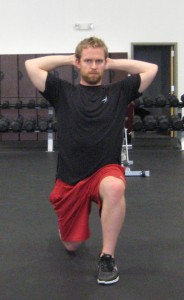
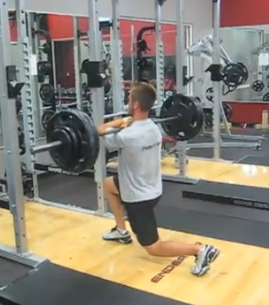
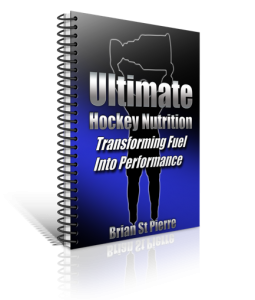
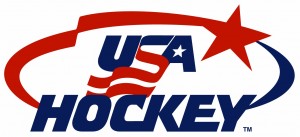
 Use CODE: "Neeld15" to save 15%
Use CODE: "Neeld15" to save 15%